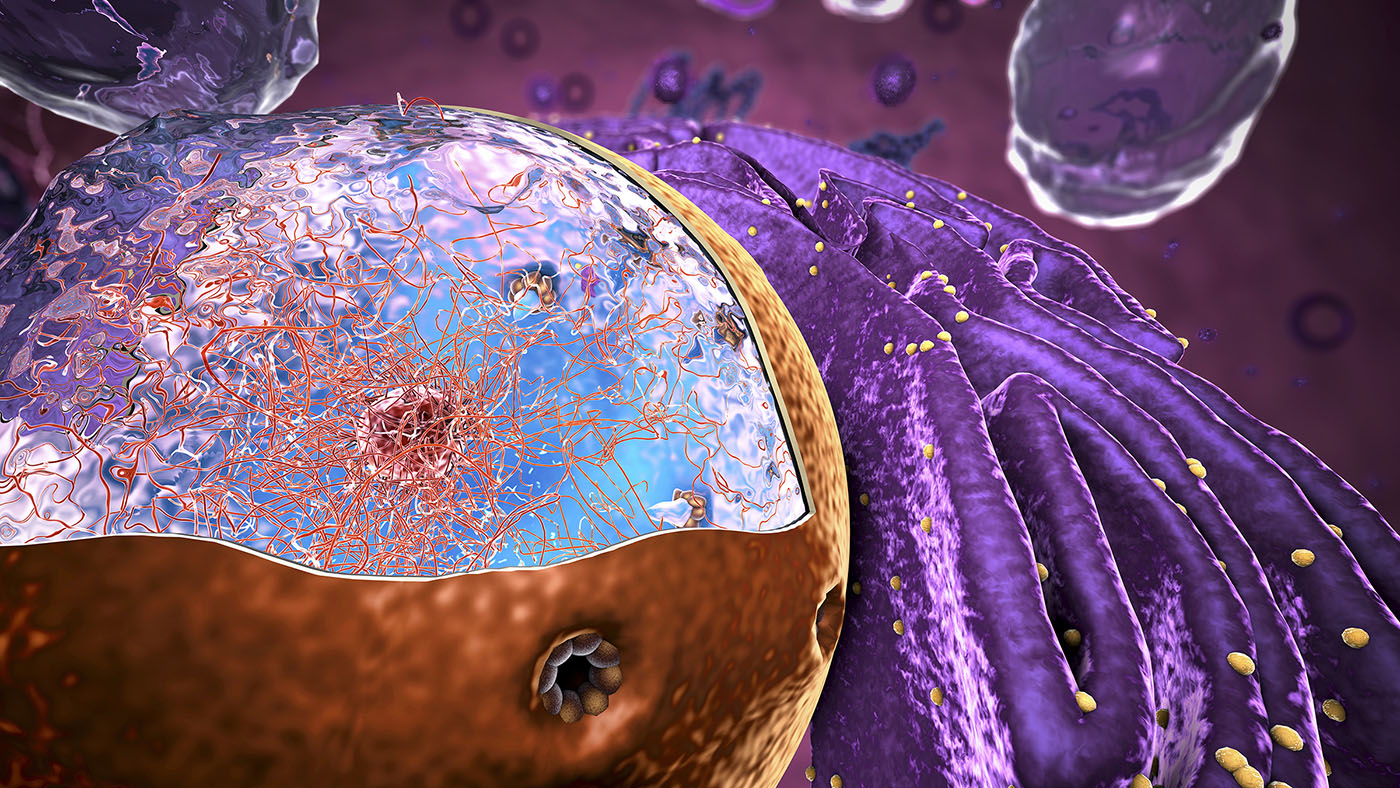UPDATE: Researchers at the University of California Berkeley‘s Innovative Genomics Institute have just announced a groundbreaking method to enhance the nuclear entry of CRISPR-Cas9, promising to significantly boost gene editing efficiency in therapeutic applications. This development is expected to accelerate the manufacturing of advanced cell therapies, impacting patients worldwide.
The team discovered that by increasing the number of nuclear localization signal (NLS) motifs within the Cas9 protein, they can dramatically improve its ability to penetrate the nuclear envelope and edit DNA. This innovation addresses a critical bottleneck in the gene-editing process, which has previously limited the effectiveness of CRISPR-Cas9 in clinical settings.
Traditional methods utilized only one to three NLS motifs, often resulting in inadequate nuclear delivery. The Berkeley researchers devised a novel approach by inserting multiple NLS motifs into internal loops of the Cas9 protein. This method not only enhances nuclear entry but also retains the protein’s stability and activity, making it suitable for large-scale production.
In tests conducted on primary human T cells, crucial for therapies like CAR T cells, the new hiNLS-Cas9 variants achieved an impressive 80% knockout efficiency for the b2M gene, compared to 66% with traditional methods. Using the peptide-mediated delivery method known as PERC, the hiNLS variants achieved knockout rates of 40-50%, indicating a significant improvement over existing techniques.
The implications for cell therapy manufacturing are profound. Higher editing rates can reduce production costs and timelines, addressing ongoing challenges in consistency and yield. As the demand for effective therapies escalates, this breakthrough could transform patient outcomes and expedite the availability of innovative treatments.
Moreover, the researchers highlighted the potential of combining the hiNLS-Cas9 method with other advancements in gene editing, such as using virus-like particles for direct in vivo editing. This multi-faceted approach could enhance delivery rates and expand the efficacy of gene therapies.
As this research progresses, the focus will remain on refining the balance between efficiency and specificity, particularly in light of potential off-target effects noted during testing. The study underscores a new design philosophy: rather than relying solely on terminal modifications, engineers can enhance performance from within the protein structure itself.
The findings, published in the journal CRISPR Journal, reflect a significant leap forward in the quest for precise and effective gene editing. Patients and developers alike are eagerly awaiting the next steps in this exciting arena of biotechnology.
Stay tuned for further updates on this crucial advancement in gene editing technology and its implications for the future of cell therapies.







